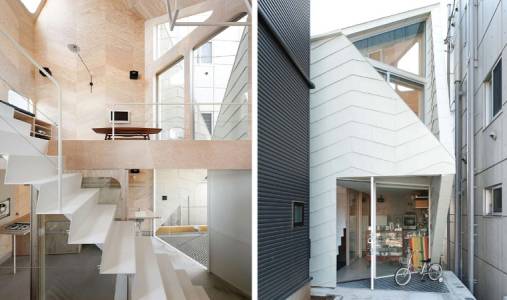
MDF (Medium-Density Fiberboard) is an engineered wood product manufactured by breaking down hardwood or softwood residuals into wood fibers, often combining them with wax and a resin binder, then forming them into panels by applying high temperature and pressure. This process creates a dense, smooth, and remarkably uniform material ideal for a wide range of applications.
Key Features & Benefits:
Types of MDF:
MDF is available in various thicknesses, sizes, and sometimes with specific treatments:
Applications:
MDF finds application in a multitude of projects, including:
Considerations:
Choosing the Right MDF:
Selecting the appropriate type of MDF depends on your specific project needs. Consider the level of moisture exposure, required strength, and desired finish when making your choice. Always consult the manufacturer's specifications for details on individual product properties.